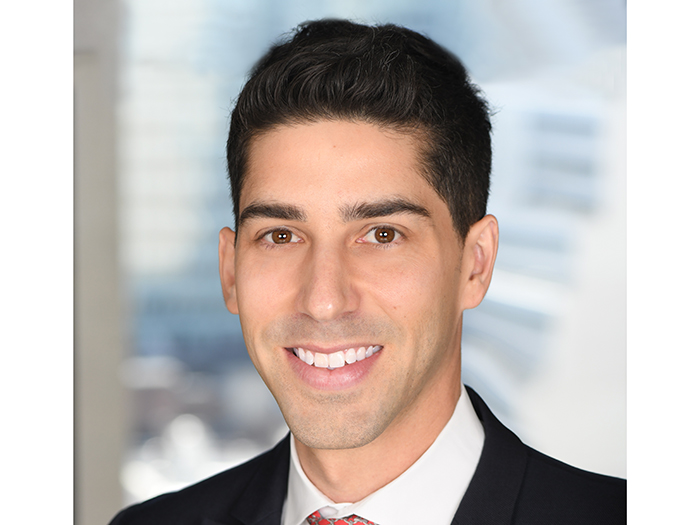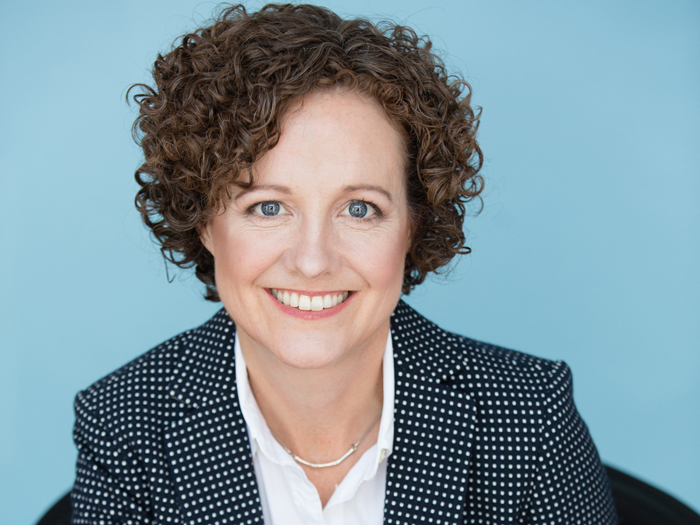Rising Star Jordan Tamchin Shares the Highs and Lows of Tax Insurance, the Mark of a Good Broker and More


Come see the Stars! As part of our ongoing coverage of the best brokers in the commercial insurance space, Risk & Insurance®, with the sponsorship of Philadelphia Insurance, is expanding its coverage of the Rising Stars — those brokers who represent the next wave of insurance brokering talent.
Look for these expanded profiles on the Risk & Insurance website and in your social media feeds now and continuing into 2023.
Here, we talk to Jordan Tamchin, senior vice president of CAC Specialty, and a 2022 Specialty Power Broker and Rising Star.
Risk & Insurance: What initially led you to a career in insurance?
Jordan Tamchin: I’m an M&A tax attorney by trade. I started my career at PwC in the M&A tax group in NY, where I advised private equity funds and multi-nationals on tax due diligence and tax structuring. I then moved to Simpson Thacher where I represented multi-national and private equity funds on the tax aspects of M&A transactions, joint ventures, spin-offs, and capital market transactions.
While I found private practice challenging and rewarding, I knew that I wanted to utilize tax expertise in a business setting. An entrepreneur at heart, I left BigLaw to help develop and shape the current day tax insurance product. I entered the insurance world and joined Concord Specialty Risk, a managing general underwriter for transactional risk insurance, where I led the tax underwriting team. As a tax underwriter for four years, I’ve seen every tax insurance submission in the market and have placed multiple billions of dollars of tax insurance.
In October 2019, I joined CAC to lead the tax insurance practice. As a tax broker, I specialize in delivering innovative and unique insurance solutions for the most complex tax risks.
As one of the earlier pioneers in tax insurance, I continue to play an instrumental role in its dynamic growth and acceptance among insurance carriers, corporations and private equity funds and am a thought leader in the space. This year, I was a co-author on an article that was well received in the market, “A Tax Practitioner’s Guide to Tax Insurance,” in Tax Notes, where I discussed why tax insurance should be considered the preferred solution to mitigate contingent risk for certain tax positions.
R&I: What about your sector excites you, and what are its biggest challenges?
JT: Over the past five years, tax insurance has really matured. The insurance market can now provide coverage for U.S. and non-U.S. taxes, and tax insurance can cover all types of taxes, both income and non-income. There is now over $1.5 billion of total capacity for any U.S. tax insurance placement, making tax insurance more relevant for the biggest transactions.
I’m seeing the biggest growth in the use of tax insurance outside the M&A context. Companies are more frequently using tax insurance in the ordinary course of business to facilitate internal transactions or manage tax positions that may have otherwise been tabled. Despite being supported by opinions from law firms, corporations forego certain transactions because of the potential large tax liability associated with the position. Tax insurance can allow a company to execute the transaction without having to worry about an outsized loss.
Moreover, in certain circumstances, tax insurance is now being purchased to ensure the outcome of a pending tax audit of a tax position — meaning the tax position has already been reported on the taxpayer’s tax return and is now being reviewed or challenged by the taxing authority.
The biggest challenge to the sector is educating the market about the benefits and use of tax insurance. Frequent misunderstandings and criticisms have prevented taxpayers and their advisers from considering the use of tax insurance.
R&I: What would you say is the mark of a good broker, and how are you striving to meet that mark yourself?
JT: The mark of a good broker is threefold:
- Responsiveness: No e-mail or call goes unanswered. My clients are operating on short timeframes, and it is imperative that I keep up with the deal or underlying transaction. I never want insurance to be the reason why the deal or transaction is delayed. I’m adamant on providing [real-time] solutions.
- Involvement / Attention to Detail: I work directly with the client and its advisors throughout the process, including bolstering the insurance submission, helping get the insurance market comfortable with the underlying risk transfer, negotiating an insured-favorable policy, and working with financial auditors and tax return preparers when appropriate. None of this work is pushed down to an analyst or a junior broker — which results in a more streamlined and efficient process.
- Tax-Technical Expertise: In order to operate at the highest level, it is imperative to maintain a level of expertise in the subject matter — tax. It is not just about being a “broker;” rather, it is about bringing tax expertise and creative thinking to solving each unique risk that arises.
R&I: How has the pandemic changed the way you conduct business, either with insureds or carriers?
JT: In many ways, the pandemic has made our team more efficient. Growing my business to its fullest potential has been about educating the market on our product as quickly as we can. Meetings that once needed to take place in person can now be virtual. While I still feel that in person meetings, dinners, and conferences are by far the best way to build long-lasting relationships, the flipside is that we now can reach a much wider audience in a shorter time span.
R&I: What advice would you give to a younger professional who is just starting out in their insurance/brokerage career?
JT: Relationships matter, so be kind to the people around you. Never assume that you are always in the right and listen carefully to the opinions of others. There are many ways to say the same thing, and your words can have a tremendous impact on an outcome. &










